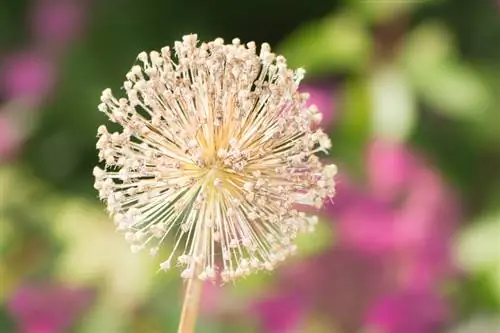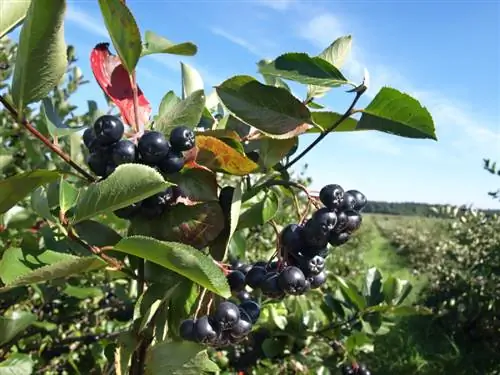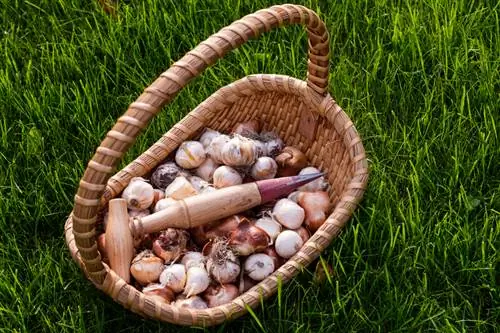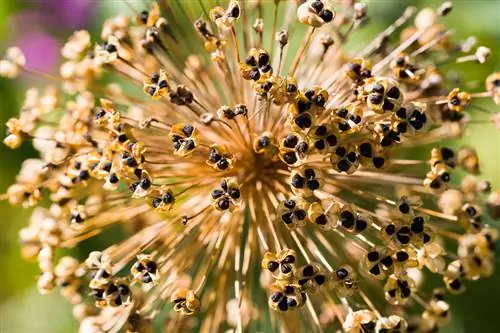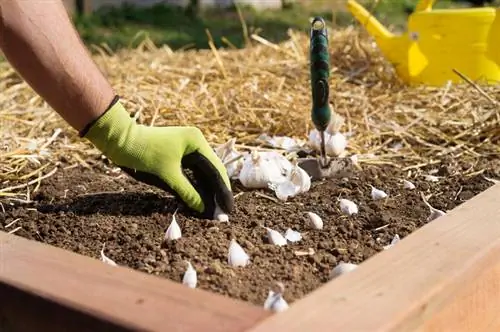- Author admin [email protected].
- Public 2023-12-16 16:46.
- Last modified 2025-01-23 11:20.
There are many different varieties of ornamental garlic. Whether big or small, purple or white, blooming in spring or late summer - the range is enormous. What about perenniality?
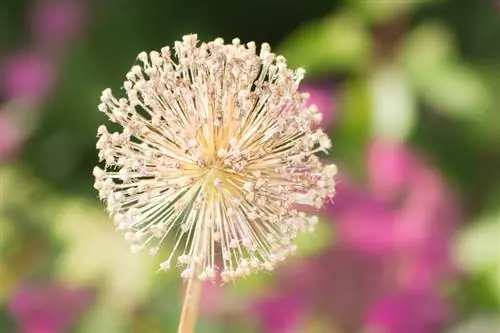
Is ornamental onion perennial or annual?
Most ornamental allium plants are perennial and hardy, so they can thrive in the garden year after year. However, some frost-sensitive species such as Allium schubertii must be overwintered to remain perennial.
Most of them are perennial
In this country, the majority of ornamental allium plants available in stores are perennial. They owe this to their good winter hardiness. If there is frost, this does not cloud the onion underground. It is robust and will sprout again next spring.
Few exceptions are sensitive to frost
But there are also exceptions. A few ornamental allium plants, such as the species called Allium schubertii, are not winter hardy and would therefore only be annual if they were left outside over the winter. It is therefore advisable to overwinter such specimens.
Overwinter sensitive species and varieties
It works like this:
- do not water or fertilize after flowering
- cut down in autumn
- digging up the onion carefully
- Place the onion in a cool and dark place
- overwinter frost-free until spring
- plant outdoors again from April
Your ornamental onion will live for many years
Even well-hardy specimens can run out of steam at some point. If they are weakened, they don't live long. The onion dies. Therefore, the right care and correct choice of location are the be-all and end-all!
Ornamental allium plants should be regularly supplied with nutrients in order to be perennial. This task is carried out by an organic complete fertilizer such as compost (€19.00 on Amazon). This supplies the ornamental onion in spring. Ornamental garlic in the pot is fertilized with a liquid fertilizer until flowering.
In addition to fertilizing, the following is crucial:
- sunny location
- overwinter in a pot frost-free
- don't let it dry out
- keep from getting wet
- Don’t cut off the leaves too early
- Cut off the inflorescences after they wither (seed formation takes energy)
Tip
In rough locations, it is best to cover your ornamental onion with some brushwood every autumn.

